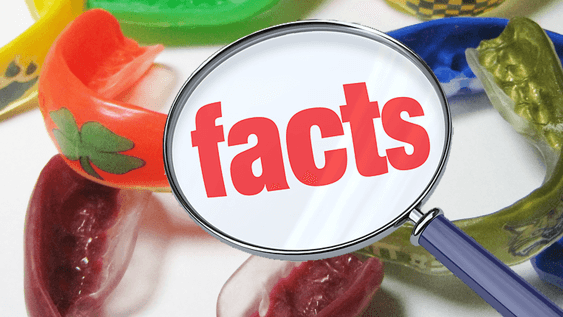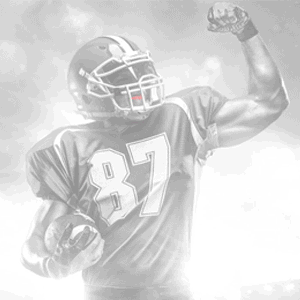Mouthguards And Protection: The Only Three Facts You Need To Know

In 2016, we live in a world of infinite options, choices and customization for nearly everything that you own.
And that’s certainly the case when it comes to mouthguards — particularly custom mouthguards that are unique and feature personalized logos, colors and text. But that may distract from what is really important about your mouthguard.
Here are the only three essential facts about your mouthguard that you need to know:
1. It’s All About Protection
It’s not just a clever name: mouthguards guard mouths. But are you properly protected?
Proper protection starts with a minimum of 4 mm of material in the important impact zones — the areas in front of your teeth and under your molars — and means there isn’t bulky material where protection isn’t needed. However, these zones change from sport to sport.
For contact sports like football and ice hockey, frontal impact is guarded by the facemask or shield, so your mouthguard may have a thinner frontal profile, but feature more protection under the molars. For combat sports like MMA or boxing that take deliberate and frequent impacts to the mouth and face, your mouthguard will need a more protective frontal profile.
2. A Tight Fit Matters
In order to get the most protection out of your mouthguard, you simply need to wear it properly. And that all starts with the fit.
Everyone’s mouth is different, so it’s important to be sure that your mouthguard has a tight enough fit to firmly stay on your upper teeth without being held in place with the lower jaw. That means no biting or clenching!
When a mouthguard fits snuggly, it stays in place during any impact and won’t become dislodged. It should never be able to come loose and float around your mouth. You should only be able to remove your mouthguard by pulling it out with your fingers to ensure that your mouthguard is right where it needs to be when impact occurs.
3. Comfort Is Key
Your mouthguard shouldn’t interfere with your speech or breathing, so if you can’t speak or breathe clearly, your mouthguard doesn’t fit correctly. And that means it is uncomfortable.
The material of your mouthguard should be limited or removed entirely from the free flow space in your mouth — the area behind the back of your front teeth and on the inside of your molars. This allows you to speak, breathe and even drink without removing your guard.
A personalized mouthguard — with your nickname and team logo — is pretty cool, but it may distract from the actual facts: your mouthguard keeps you safe and helps you perform better.




 In 2016, we live in a world of infinite options, choices and customization for nearly everything that you own.
In 2016, we live in a world of infinite options, choices and customization for nearly everything that you own. 
